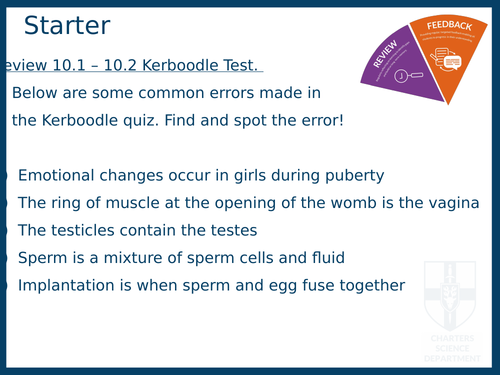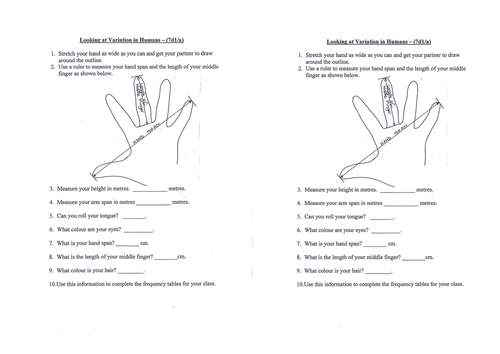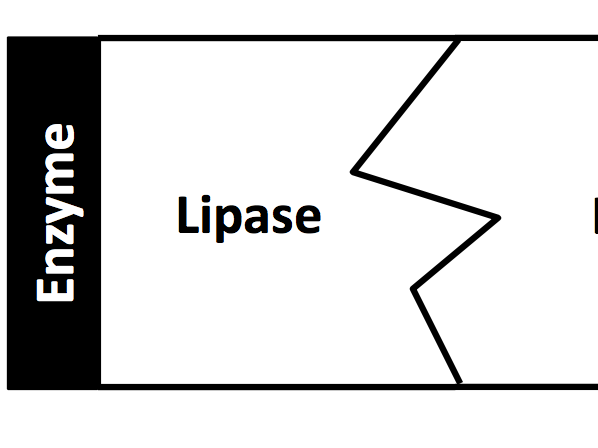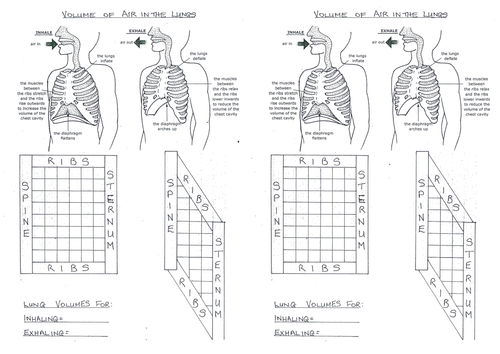
49Uploads
14k+Views
2k+Downloads
All resources

10.4.1 Inheritance
Designed for KS3 Activate. QR codes provide information about each one of the 46 chromosomes that make up the human genome. Students use these to research one of their choosing, and make a top trumps card that is used to compare the genes of each chromosome.
This has been successful in helping students to understand the placement of genes on chromosomes and the link between characteristics and genes.

Cloning Cauliflower
A lesson linking stem cells to cloning plants. Practical instructions are shared on the PPT.

10.3.3 Extinction
Complete lesson in which students work in groups to reseach endangered species to understand factors that cause extinction. Contains instructions for group research, peer assessment feedback sheet, plenary and homework tasks.
Designed for KS3 Activate

10.3.1 Evolution and Natural Selection
PPT and lesson to illustrate the theory of Natural Selection and Evolution

Validity
A lesson designed to cover the concept of validity when analysing data.
Designed to be taught at the start of the AQA B7 Non-Communicable Disease topic.
Students evaluate the validity of different sources to decide upon the principles of a valid investigation, and then apply these ideas to an examination question.

10.2.4 Development of a Foetus
To be used alongside the KS3 Active resources for this topic.
This resource consists of a differentiated PPT with instructional activities

Protein Export and Secretion Worksheet
A ‘spot the mistake’ activity to test students understanding of protein export. Written for OCR A level but suitable for other exam boards. Student copy and answers included.

Q10 Calculations
A full lesson which covers how to calculate Q10 in a variety of contexts. Contains worked examples, answers and lots of different styles of exam question from the OCR Biology A course.

Discovering & Developing Drugs
For the new AQA GCSE Specification (B6). Includes video links and practical work to test the effect of caffeine drinks on memory.

Genetics and Inheritance
Designed for the Activate KS3 SOW. Worksheets referenced can be downloaded from Kerboodle. Contains complete lessons for topic 10.4 Genetics

Photosynthesis OCR Biology A
A diagram designed to consolidate & review the LDR and LIR, showing how the various structures interlink.
A lesson designed to be delivered as an interactive, Q&A style lesson

OCR A Level Natural Selection
This is a complete lesson which involves:
Exam question starter to review Evolutionary Trees
Introduction to Darwin & Wallace
Discussion of the observations used which lead to their theories
Model exam answer
Student answers to mark / analyse
Oracy task to practice use of the model answer
Exam questions for students to perfect their own answers
Extension activity to show students how theories of modern day natural selection are investigated

Variation
Practical activity in which students measure different traits and record variation within the class using frequency tables. Can then be used to discuss continuous and discontinuous variation and plot the appropriate graphs

Introduction to Biological Drawings
Designed for the AQA GCSE BIology course and relates to the Microscopy Required Practical. This download contains a full lesson, complete with PPT, exemplars, student lead activities, peer or teacher feedback sheets and examination question with answers.

6.3 Manipulating Genomes
Worksheets to help students structure their notes for OCR’s Manipulating Genomes Topics. Contains exam questions too.

Digestive Enzymes Jigsaw Game
A jigsaw game to teach students about different types of digestive enzymes. Questions included to support discussions about specificity and complimentary binding.

Inhalation and Exhalation
Worksheet to illustrate changes in pressure and volume that occur during ventilation. Students look at differences in the two diagrams and calculate & & compare the area in the thorax during inhalation and exhalation




















